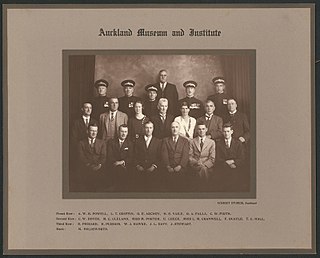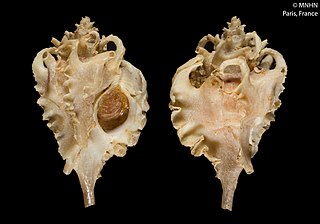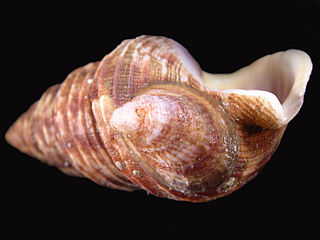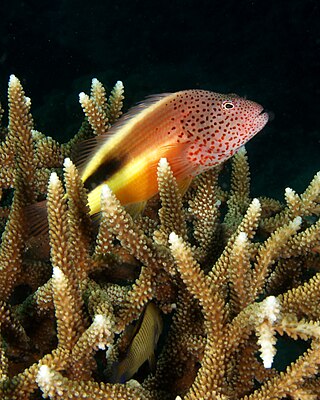
The genus Pygoscelis ("rump-legged") contains three living species of penguins collectively known as "brush-tailed penguins".

CliopsisTroschel, 1854 is a genus of sea angels belonging to the family Cliopsidae. It is monotypic, being represented by the single species Cliopsis krohnii.

The South American fur seal breeds on the coasts of Peru, Chile, the Falkland Islands, Argentina, Uruguay and Brazil. The total population is around 250,000. However, population counts are sparse and outdated. Although Uruguay has long been considered to be the largest population of South American fur seals, recent census data indicates that the largest breeding population of A. a. australis are at the Falkland Islands followed by Uruguay. The population of South American fur seals in 1999 was estimated at 390,000, a drop from a 1987 estimate of 500,000 - however a paucity of population data, combined with inconsistent census methods, makes it difficult to interpret global population trends.

Arthur William Baden Powell was a New Zealand malacologist, naturalist and palaeontologist, a major influence in the study and classification of New Zealand molluscs through much of the 20th century. He was known to his friends and family by his third name, "Baden".

Solemyidae is a family of saltwater clams, marine protobranch bivalve mollusks in the order Solemyida.

Lepetellidae is a taxonomic family of small deepwater sea snails or limpets, marine gastropod molluscs in the superfamily Lepetelloidea in the clade Vetigastropoda. .
Tecticrater is a genus of very small deepwater limpets, marine gastropod molluscs in the family Lepetellidae.
Tecticrater compressa is a species of very small deepwater limpet, a marine gastropod mollusc in the family Lepetellidae.
Tecticrater subcompressa is a species of very small deepwater limpet, a marine gastropod mollusc in the family Lepetellidae.
Tecticrater finlayi is a species of very small deepwater limpet, a marine gastropod mollusc in the family Lepetellidae.
Tecticrater cervae is a species of very small deepwater limpet, a marine gastropod mollusc in the family Lepetellidae.

Admete is a genus of medium-sized sea snails, marine gastropod molluscs in the family Cancellariidae, the nutmeg snails.

Typhina is a genus of sea snails, marine gastropod mollusks in the subfamily Typhinae of the family Muricidae, the murex snails or rock snails.

Grandicrepidula is a genus of sea snails, marine gastropod mollusks in the family Calyptraeidae, the slipper snails or slipper limpets, cup-and-saucer snails, and Chinese hat snails.

Pocillopora is a genus of stony corals in the family Pocilloporidae occurring in the Pacific and Indian Oceans. They are commonly called cauliflower corals and brush corals.

Acropora grandis is a species of colonial stony coral. It is a large species with multiple branches forming a bush-like structure and is found on reefs and in lagoons. It is native to the tropical western Indo-Pacific and has a range extending from East Africa to the east coast of Australia.
Paranepanthia is a genus of starfish of the family Asterinidae. Members of the genus have five rays and are found in the waters around Australia, Indonesia and Antarctic New Zealand.

Alopias palatasi commonly referred to as the serrated giant thresher, is an extinct species of giant thresher shark that lived approximately 20.44 to 13.7 million years ago during the Miocene epoch, and is known for its uniquely serrated teeth. It is only known from such isolated teeth, which are large and can measure up to an excess of 4 centimetres (2 in), equating to a size rivaling the great white shark, but are rare and found in deposits in the East Coast of the United States and Malta. Teeth of A. palatasi are strikingly similar to those of the giant thresher Alopias grandis, and the former has been considered as a variant of the latter in the past. Scientists hypothesized that A. palatasi may have had attained lengths comparable with the great white shark and a body outline similar to it.











